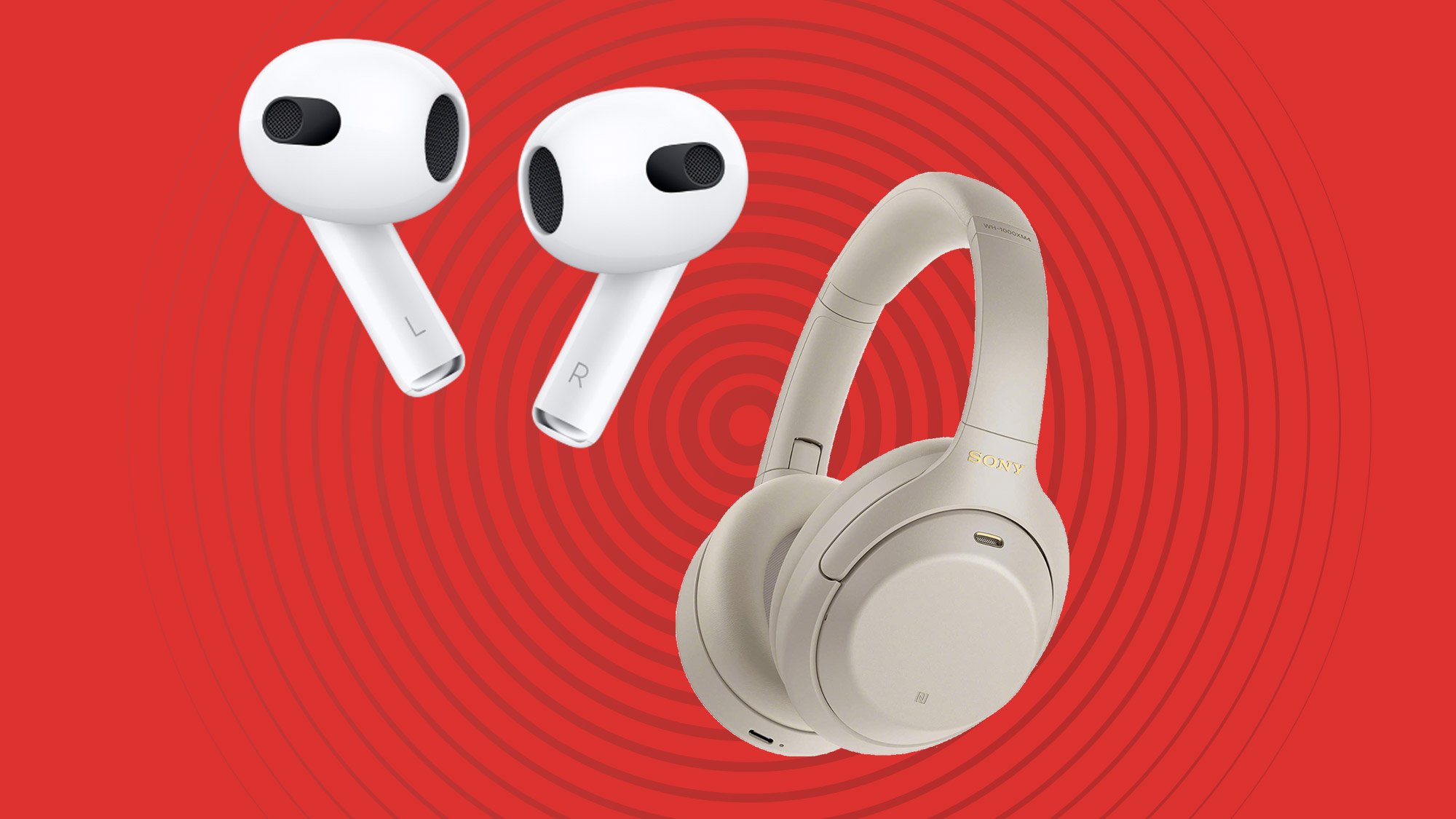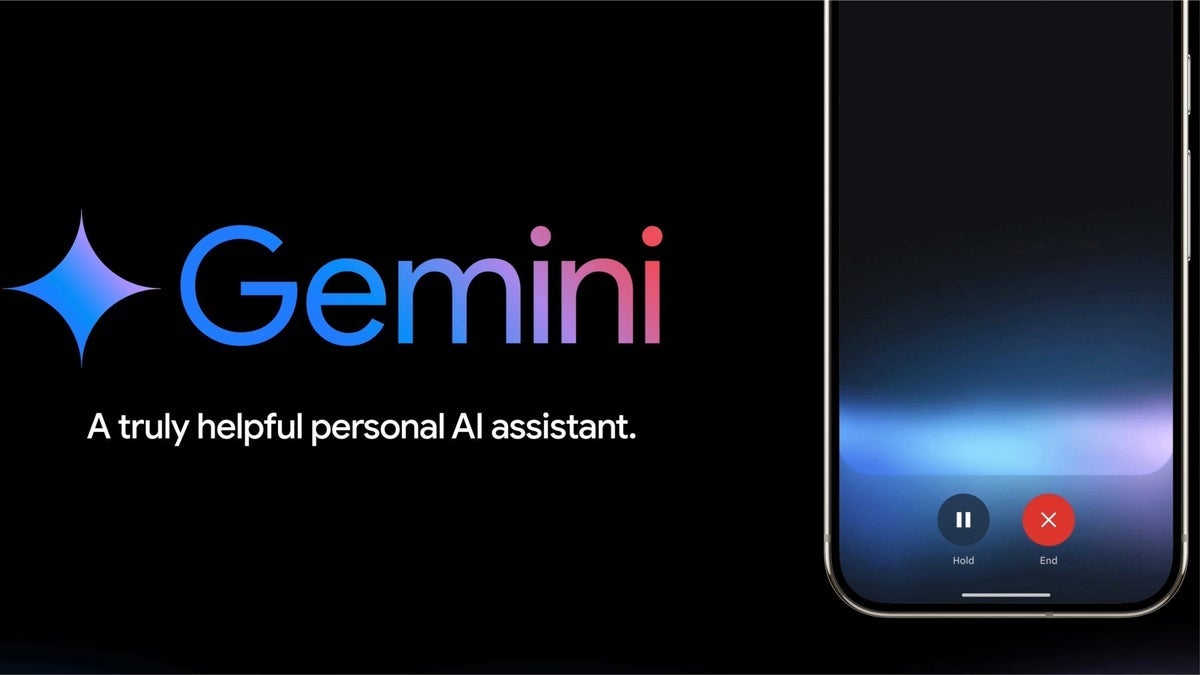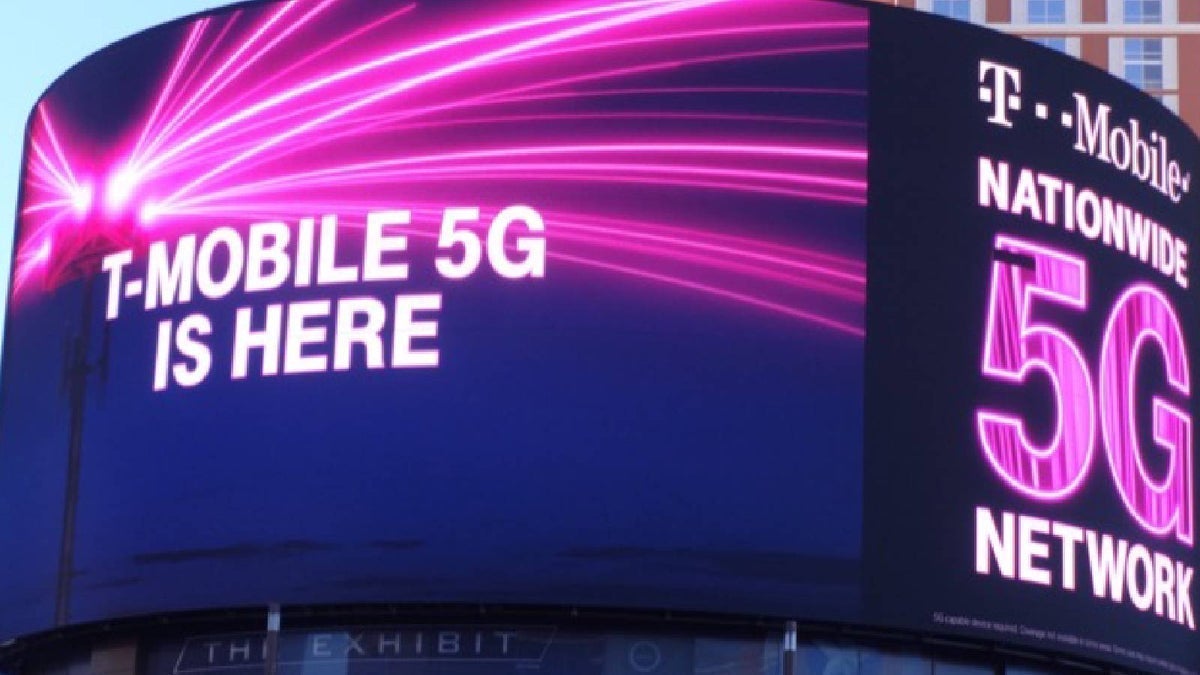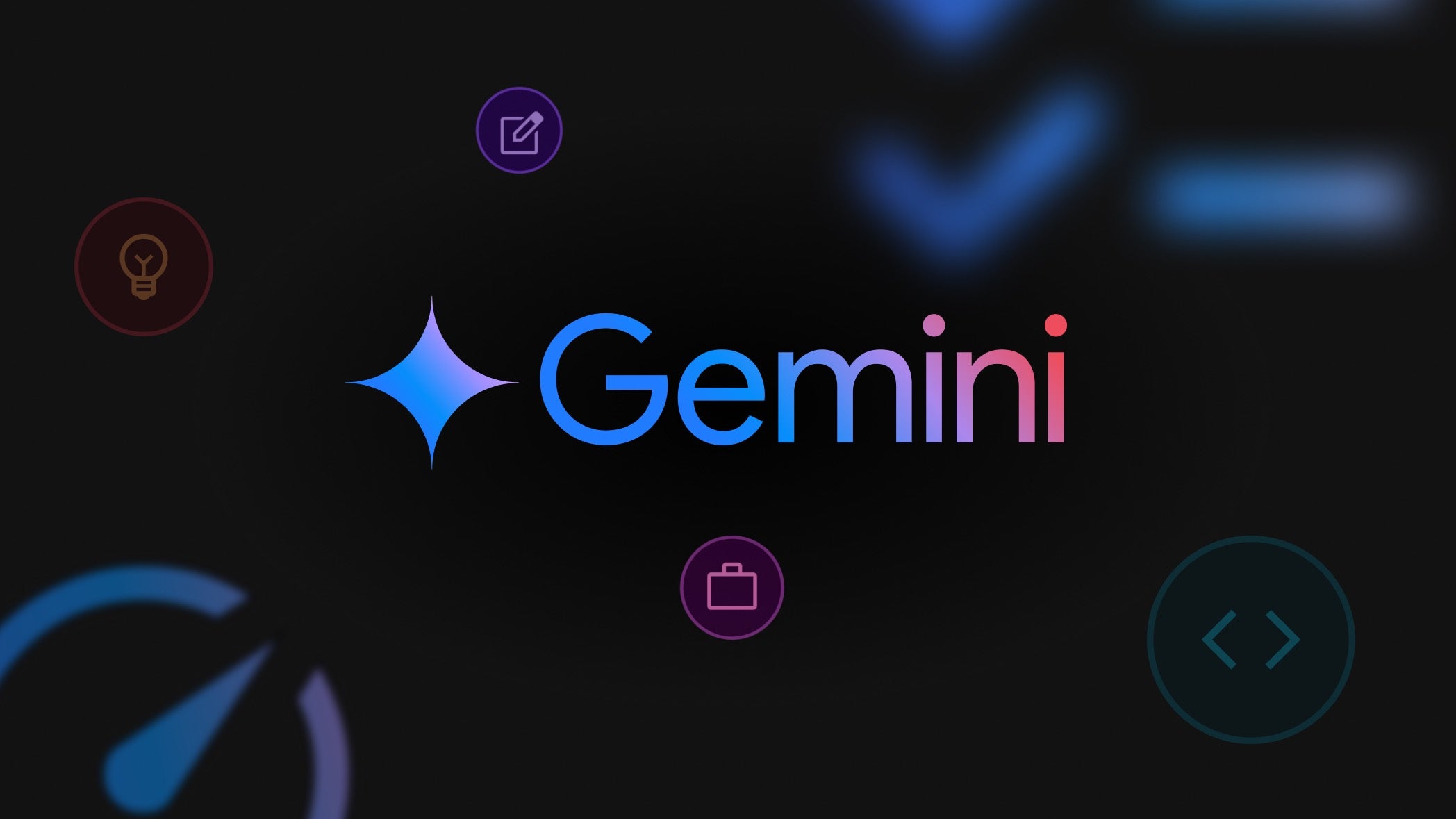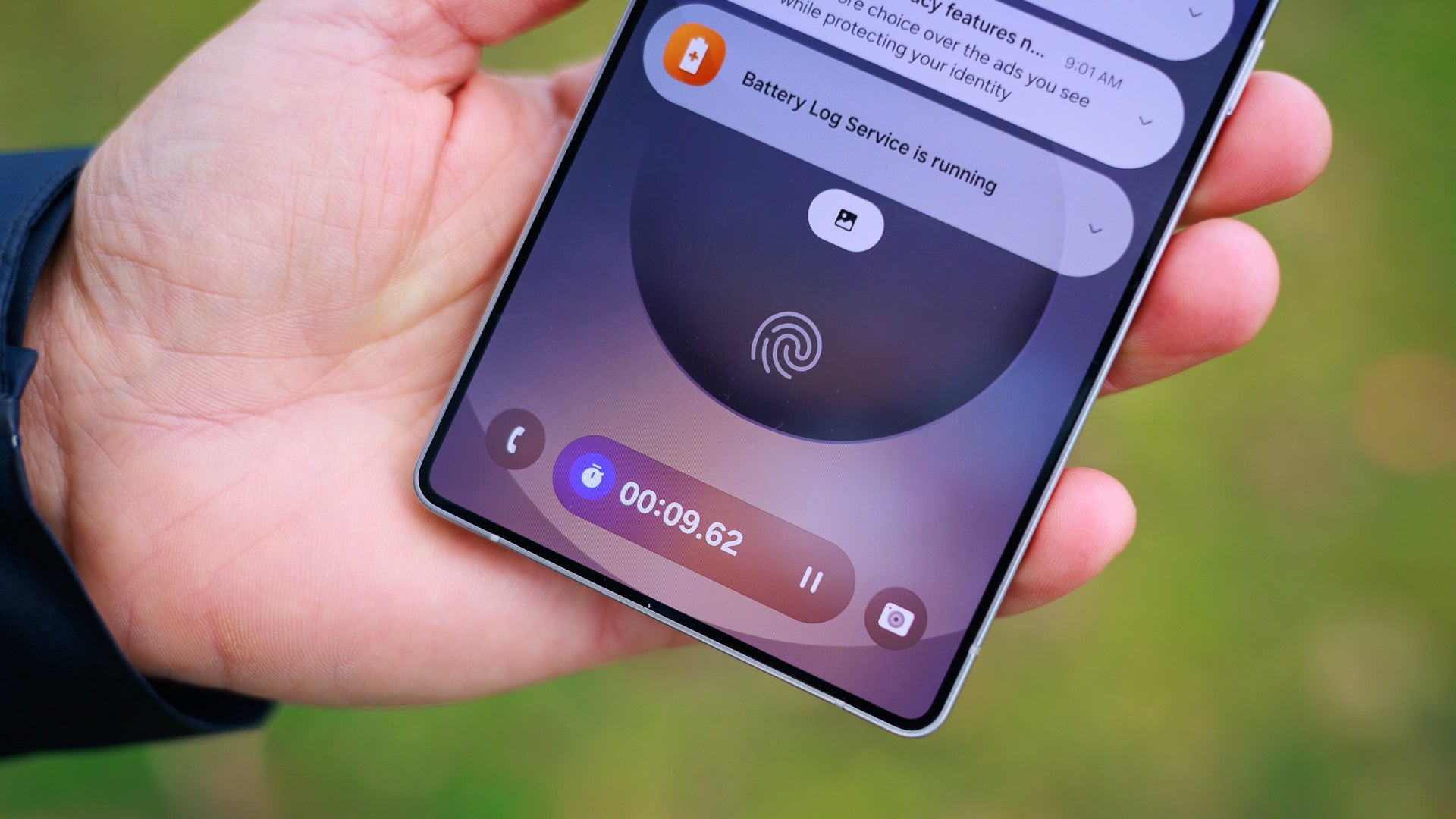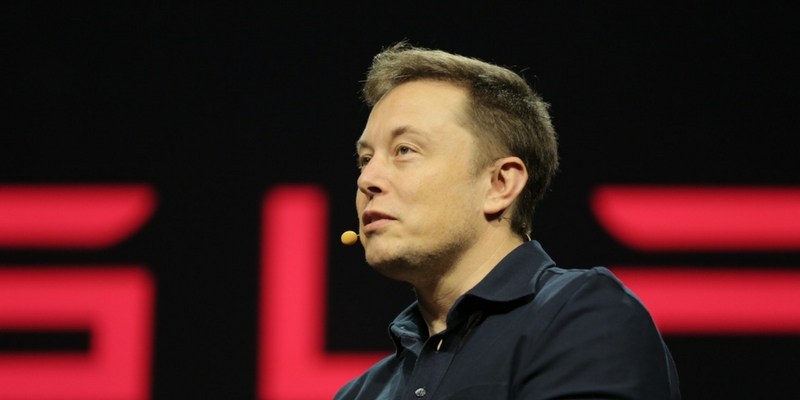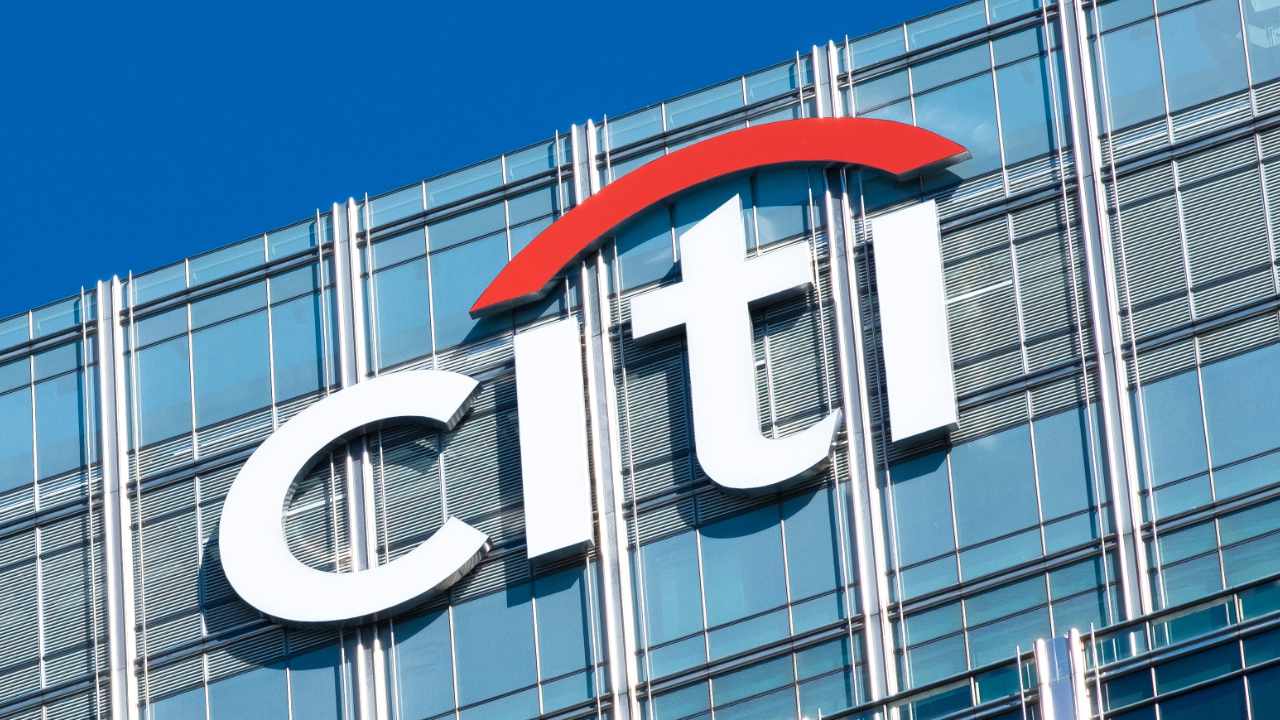A big smart home category is still left out of Matter
On paper, the up-and-coming Matter standard appears to be an ideal solution for smart homes: a protocol that enables the competing Alexa, Apple Home, Google Home, and other major smart-home platforms to collaborate effectively. In reality, Matter is still plagued with issues. Adding new devices to your Matter network can be a pain, and products connected via Matter sometimes “expose” only a fraction of the functionality to Matter controllers. And while Matter supports everything from smart bulbs and smart shades to robot vacuums and thermostats, one key smart home category still isn’t part of the specification. I’m discussing security cameras, which are a crucial part of the smart home but still cannot connect to a Matter network. The last time I asked about security cameras and Matter was last fall, with the release of Matter specification 1.4, and the answer was “sometime” in 2025. Well, that “sometime” is not yet. Matter spec 1.4.1, a “minor” core release of the protocol, was announced on Wednesday, and security cameras once again didn’t make the cut. What we do get in Matter 1.4.1 isn’t bad. For starters, manufacturers will be able to employ multi-device QR codes, allowing customers to scan a single QR code on, say, a box of smart plugs or light bulbs, thus adding all the devices in the box to Matter in one shot. That’s a great way to make adding new smart products to a Matter network a little easier. Along the same lines, Matter 1.4.1 will let smart device makers cram the same information on a Matter QR code into an NFC tag, meaning you’ll be able to tap a device to add it to Matter. That might not sound like much, but the addition of NFC support makes a big difference when it comes to adding light bulbs, smart plugs, and other devices that might have their Matter QR codes stamped onto a hard-to-reach place. Finally, Enhanced Setup Flow streamlines the process of accepting a smart manufacturer’s terms and conditions (namely to ensure compliance with GDRP regulations), meaning you won’t need to switch apps when adding such products to Matter. Again, it’s a small thing, but this new ESF process represents yet another way to sand of Matter’s rough edges. As with any update to the Matter specification, it’s important to note that the latest improvements won’t come to Matter devices and apps right away. Smart manufacturers must adopt the latest Matter updates on their own, which can take months. And as for Matter adding smart cameras, it appears we’ll just have to wait longer. The Connectivity Standards Alliance, the consortium that manages Matter, has been releasing core Matter updates roughly twice a year, generally in the spring and fall. (The last big Matter release was last November.) Are Matter security cameras expected to be available in fall 2025? Maybe, but I’m going to hedge my bets on that one.

On paper, the up-and-coming Matter standard appears to be an ideal solution for smart homes: a protocol that enables the competing Alexa, Apple Home, Google Home, and other major smart-home platforms to collaborate effectively.
In reality, Matter is still plagued with issues. Adding new devices to your Matter network can be a pain, and products connected via Matter sometimes “expose” only a fraction of the functionality to Matter controllers. And while Matter supports everything from smart bulbs and smart shades to robot vacuums and thermostats, one key smart home category still isn’t part of the specification.
I’m discussing security cameras, which are a crucial part of the smart home but still cannot connect to a Matter network. The last time I asked about security cameras and Matter was last fall, with the release of Matter specification 1.4, and the answer was “sometime” in 2025.
Well, that “sometime” is not yet. Matter spec 1.4.1, a “minor” core release of the protocol, was announced on Wednesday, and security cameras once again didn’t make the cut.
What we do get in Matter 1.4.1 isn’t bad. For starters, manufacturers will be able to employ multi-device QR codes, allowing customers to scan a single QR code on, say, a box of smart plugs or light bulbs, thus adding all the devices in the box to Matter in one shot. That’s a great way to make adding new smart products to a Matter network a little easier.
Along the same lines, Matter 1.4.1 will let smart device makers cram the same information on a Matter QR code into an NFC tag, meaning you’ll be able to tap a device to add it to Matter. That might not sound like much, but the addition of NFC support makes a big difference when it comes to adding light bulbs, smart plugs, and other devices that might have their Matter QR codes stamped onto a hard-to-reach place.
Finally, Enhanced Setup Flow streamlines the process of accepting a smart manufacturer’s terms and conditions (namely to ensure compliance with GDRP regulations), meaning you won’t need to switch apps when adding such products to Matter. Again, it’s a small thing, but this new ESF process represents yet another way to sand of Matter’s rough edges.
As with any update to the Matter specification, it’s important to note that the latest improvements won’t come to Matter devices and apps right away. Smart manufacturers must adopt the latest Matter updates on their own, which can take months.
And as for Matter adding smart cameras, it appears we’ll just have to wait longer. The Connectivity Standards Alliance, the consortium that manages Matter, has been releasing core Matter updates roughly twice a year, generally in the spring and fall. (The last big Matter release was last November.)
Are Matter security cameras expected to be available in fall 2025? Maybe, but I’m going to hedge my bets on that one.








































































































































































![[The AI Show Episode 146]: Rise of “AI-First” Companies, AI Job Disruption, GPT-4o Update Gets Rolled Back, How Big Consulting Firms Use AI, and Meta AI App](https://www.marketingaiinstitute.com/hubfs/ep%20146%20cover.png)































































































































































































































































































































































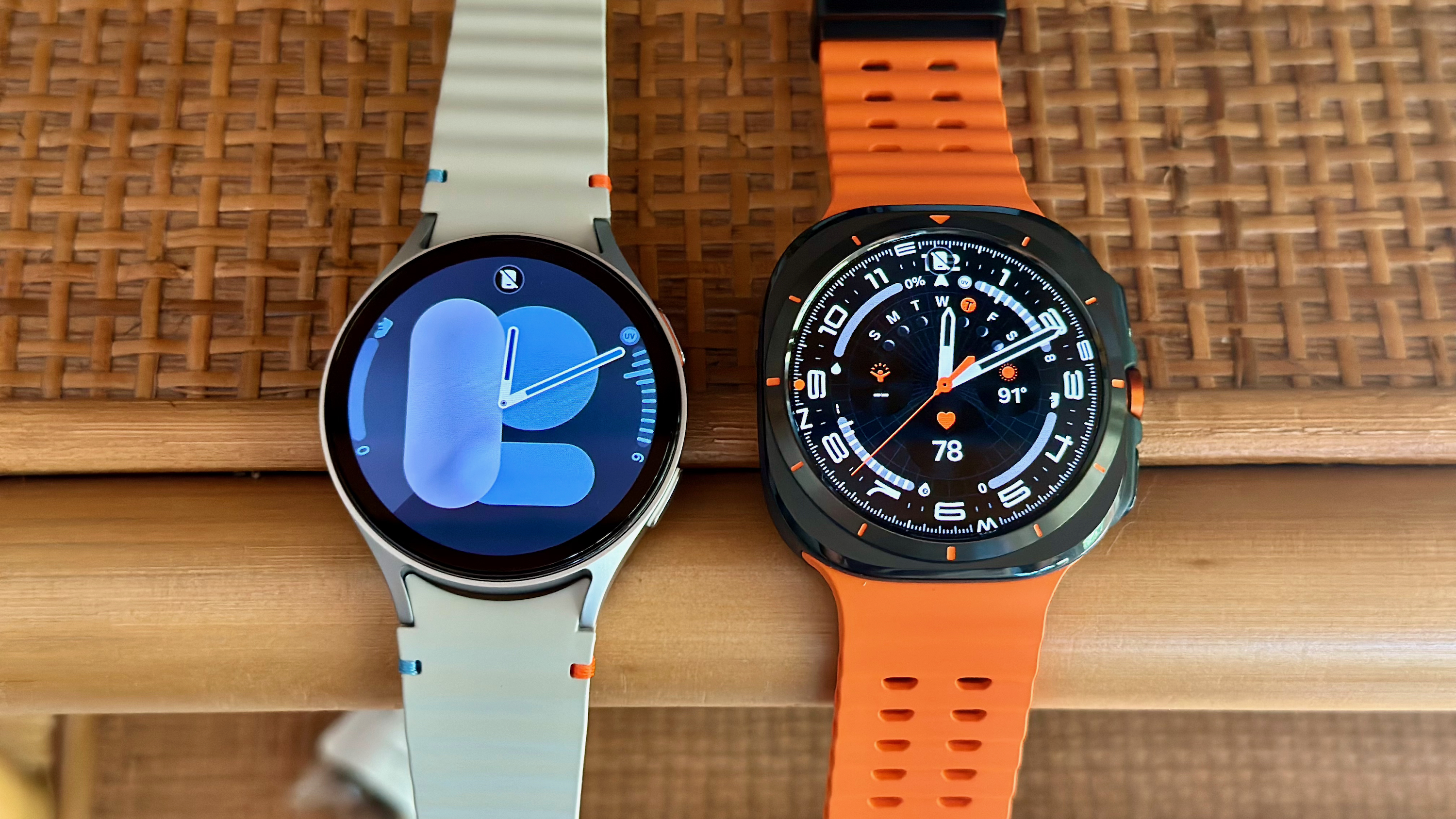

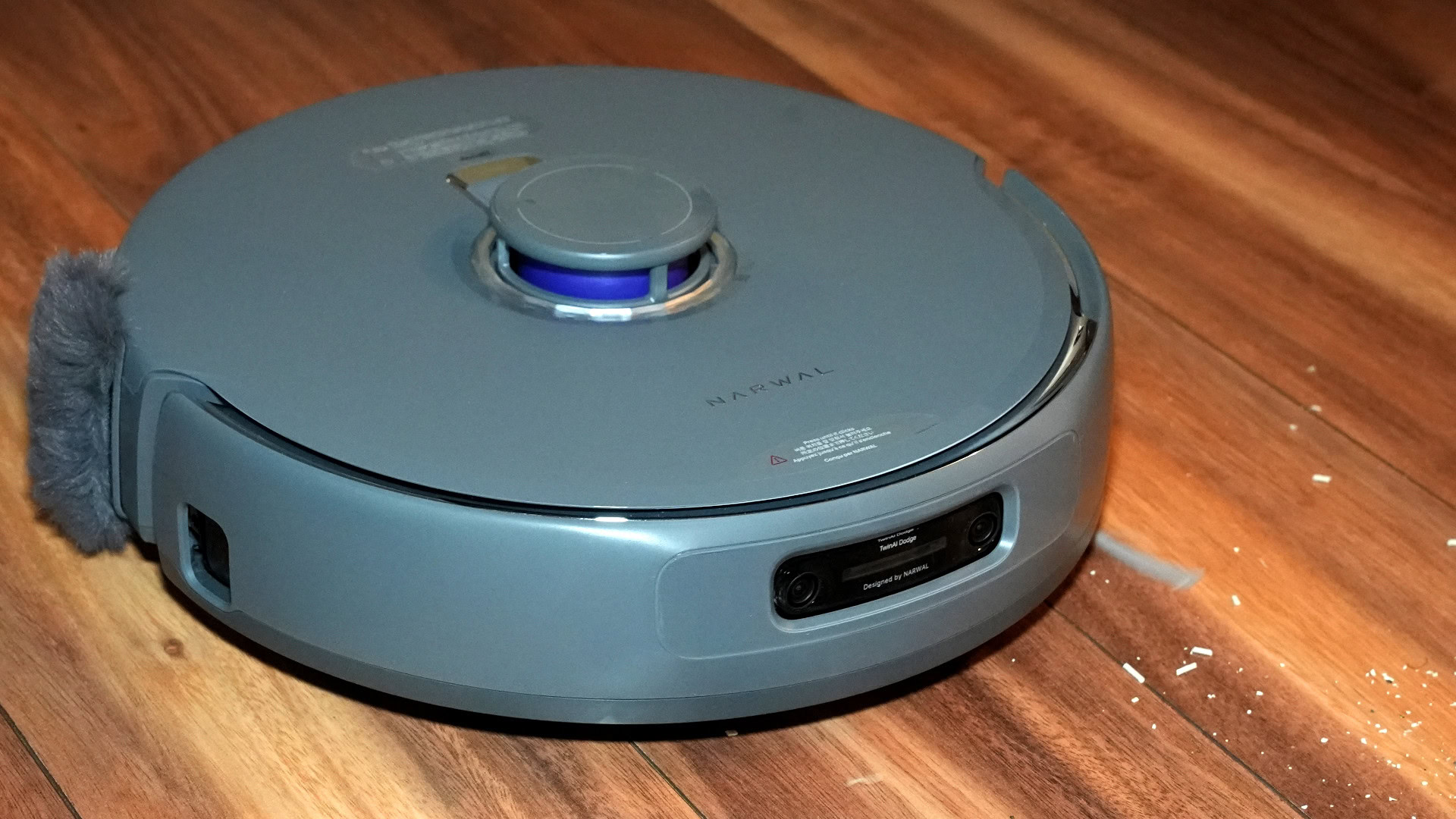
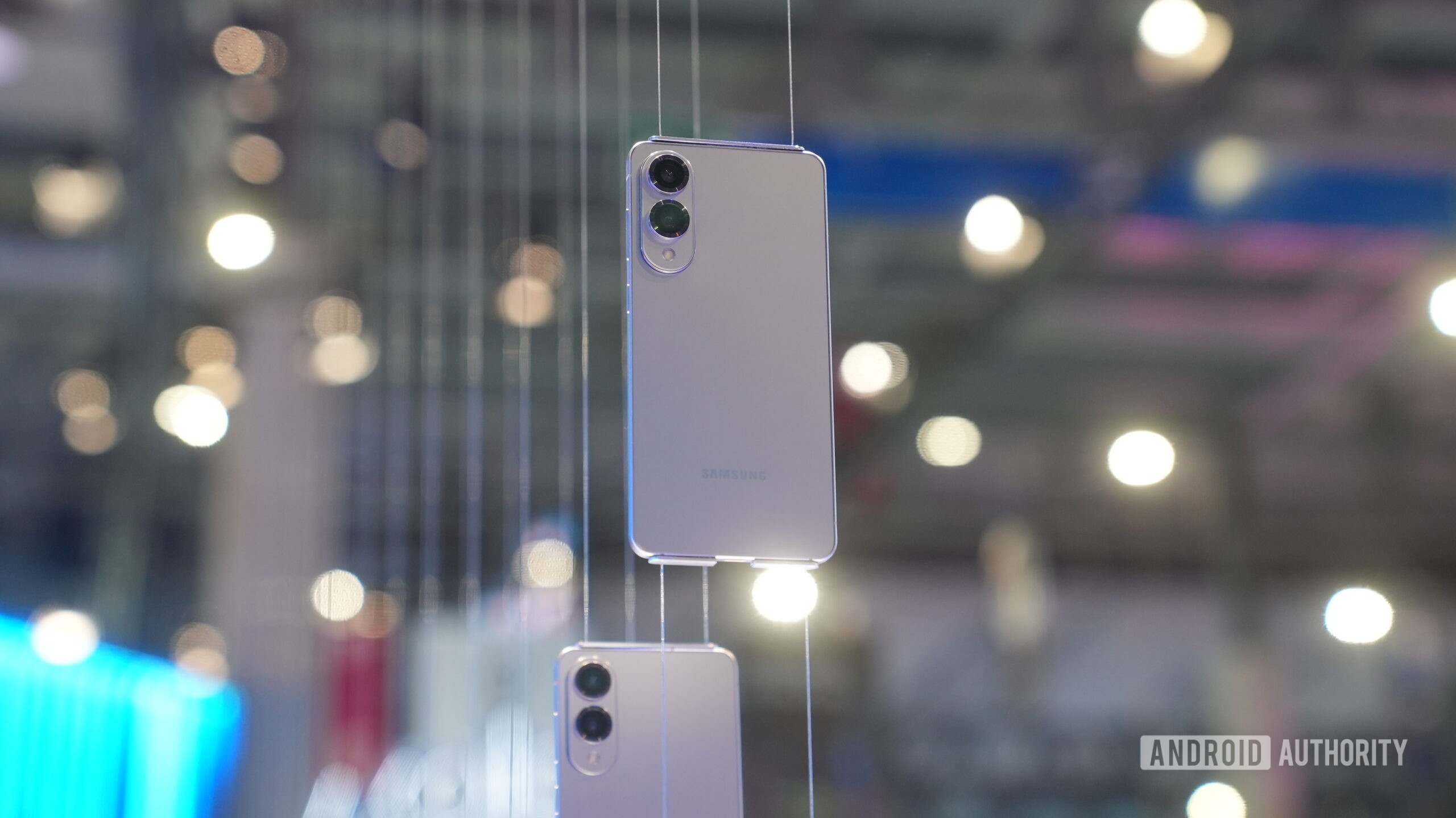


















![Beats Studio Pro Wireless Headphones Now Just $169.95 - Save 51%! [Deal]](https://www.iclarified.com/images/news/97258/97258/97258-640.jpg)






















